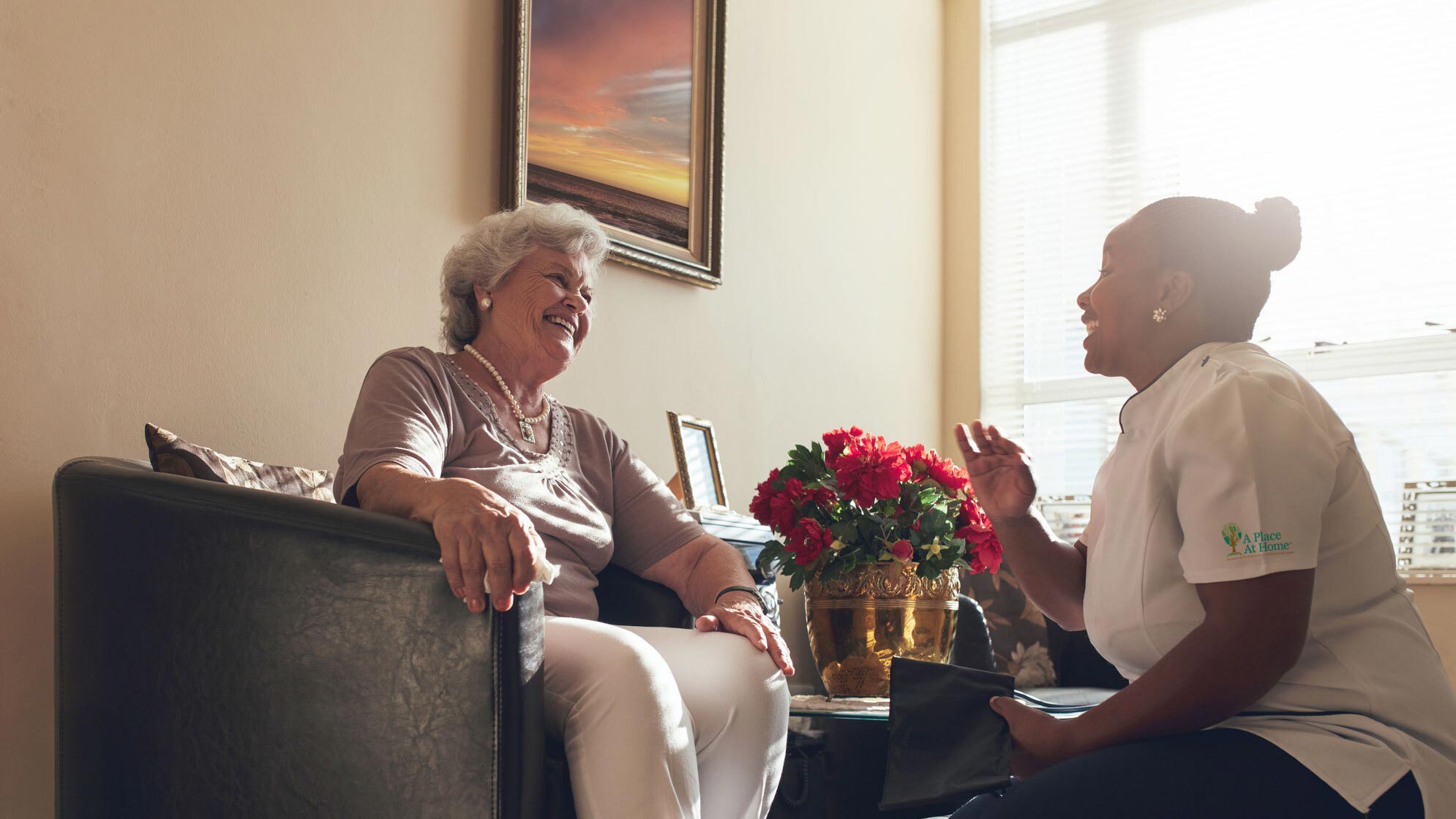Starting a healthcare staffing agency is a business opportunity with much promise and potential. Here are the steps to starting one the right way.
Behind the Healthcare Staffing Agency Industry
Healthcare staffing agencies are potentially highly profitable business ventures. In 2022, the U.S. healthcare staffing market was valued at $23.6 million, with Precedence Research projecting it to grow to $41.17 million by 2032. Agencies profit by charging healthcare facilities a fee for placing someone in a position, which is usually a percentage of the person’s salary or a flat fee for temporary placements.
The industry is rapidly growing due to several factors. The aging population is increasing daily, with AARP reporting that 10,000 Americans turn 65 every day and will represent over 20% of the population by 2030. With this silver tsunami comes an increase in the care facility population. While facilities saw a dip during the pandemic, senior housing occupancy has exceeded 85% over the last 2.5 years. Many of these facilities are already struggling to keep up with staffing demands, and as more and more people need to use them, they’ll need to turn to healthcare staffing companies for help.
Additionally, more people are dealing with chronic conditions. Nearly 60% of adults in the U.S. have at least one chronic condition. Many people with chronic conditions need a care provider to help throughout the day.
More healthcare providers are using technology such as telehealth to keep in contact with their patients. However, using this technology can be difficult for seniors, so people and senior living facilities use caregivers to help. Caregivers are hired to help guide seniors through telehealth appointments and other health technology they might be using.
How to Start a Healthcare Staffing Agency: Complexities and Requirements
A healthcare staffing agency isn’t necessarily more difficult to start than another business, but it does require thorough preparation and compliance with regulations.
Start by creating a business plan. Defining your niche market is extremely important as it will allow you to focus your resources on a specific demographic. Include your operational plan and financial projections in the business plan. The business plan will help you find investors willing to help you get started.
The healthcare industry involves many legalities and compliance requirements. Ensure that you obtain the necessary licenses and comply with healthcare staffing regulations.
You’ll want to have a quality insurance policy to protect not only you and your business, but also the professionals you’ll place in jobs.
It’s time to get to work! Create a marketing plan to attract clients. Then, find people to fill your clients’ spots by developing a recruitment strategy to find qualified healthcare professionals.
Healthcare Staffing Challenges
Owning a healthcare staffing agency is rewarding but challenging. You’re responsible for constantly recruiting qualified candidates. This is a continuous effort as healthcare staff turnover is high, with facilities experiencing some of their highest turnover rates. To grow your business, you need to maintain relationships with healthcare facilities and continuously connect with new ones. As the owner, you’ll need to ensure your agency is always compliant with industry regulations on both state and federal levels.
Despite these challenges, it is a very rewarding career. You fill a vital need in the healthcare system and help people find jobs in your community.
Why Invest in a Franchise
For those looking at how to start a healthcare staffing agency, franchising offers a worthwhile option. When investing in a franchise, you’ll receive a proven business model to follow, brand recognition, training, and ongoing support. All this support mitigates the startup challenges.
The A Place At Home Advantage
Consider going bigger than just starting a care recruitment agency. A Place At Home allows entrepreneurs to capitalize on multiple revenue streams. As a home care franchise, we primarily focus on the $225 billion in-home care market, but our franchisees can take advantage of our multiple revenue streams. Beyond home care and staffing solutions, franchisees also provide care coordination and senior living alternatives.
If you’re passionate about joining the healthcare staffing industry, do so with us at A Place At Home. You’ll join a network that values integrity, compassion, and excellence, equipped with the training, support, and tools needed to build a successful business that makes a real difference in your community.
Fill out our form to begin the journey.










